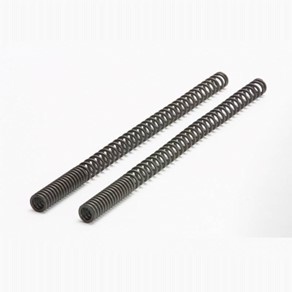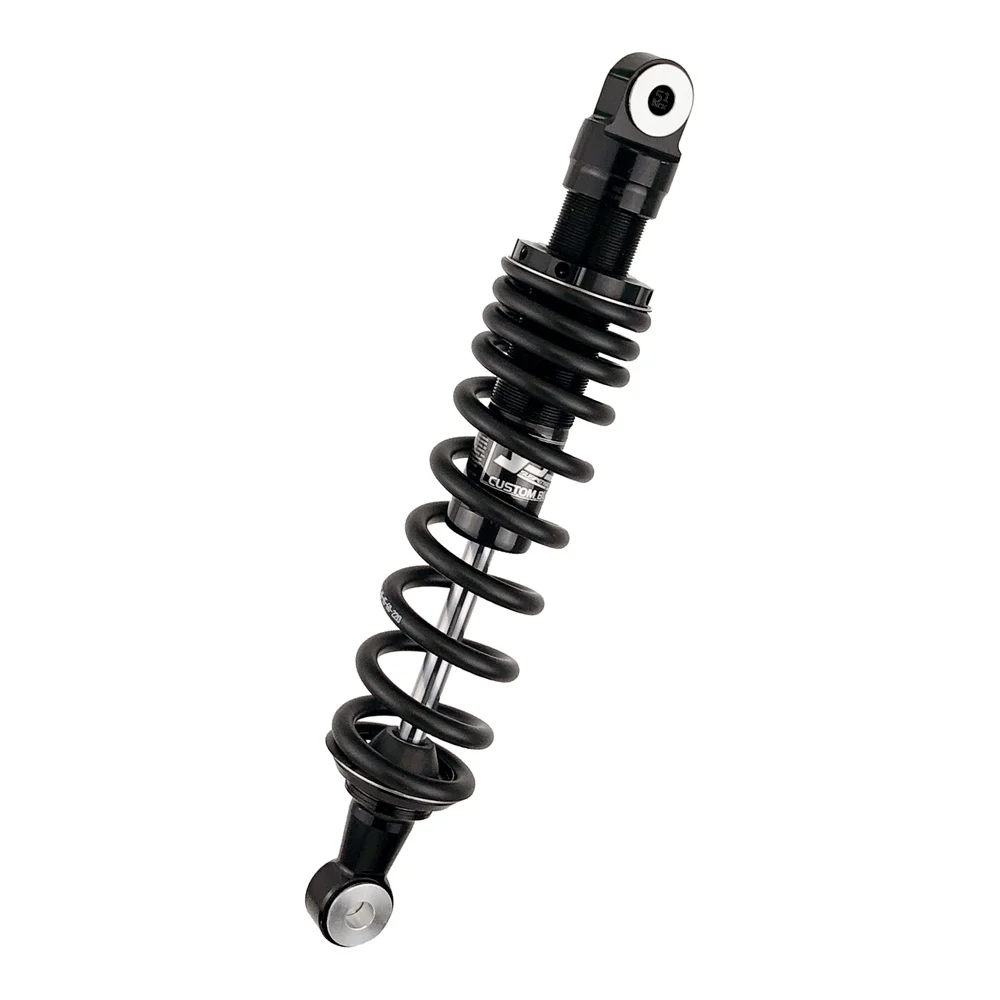The suspensions on your motorcycle are extremely important. Your suspension is the reason you don’t feel like you’re riding a jackhammer every time you hit a bump. It’s what keeps your tires glued to the road, helps you stay in control, and makes your ride smoother. Without it, you're pretty much asking for a rough time—and I’m not talking about just comfort. This very much affects your safety too. Whether you're navigating the open road or conquering rough, off-road trails, having well-functioning suspension is key to both performance and your comfort as a rider, no matter where your adventure takes you.
The Basics: How Motorcycle Suspension Works
Your bike’s suspension is composed of two main parts: the front forks and the rear shock absorber(s). They work together on the same basic principles: to absorb road bumps, reduce vibrations, and maintain tire contact with the ground, all while supporting the weight of the bike and yourself, of course.
- Front Forks handle bumps, braking, and cornering. They are responsible for absorbing shocks from the front wheel and keeping the bike stable during turns. Progressive springs as shown down below are quite popular for grand touring and high-performance driving. This is because as the spring compresses, it provides increased resistance and stability.

- Rear Shock Absorbers control the motion of the rear wheel, preventing excessive spring action/bouncing and helping maintain traction on uneven roads.


Choosing the Right Suspension for Your Bike
Not all suspension systems are universal. What works for one bike might not work for yours. So, choosing the right setup depends on your motorcycle’s make, model, and your riding style. Here are a few factors to consider:
-Road or Off-Road: If you ride on well-paved roads, you'll want a suspension that maximizes comfort and handling. But if you’re planning to go off-road, then tougher, more robust shock absorbers capable of handling rough terrain are essential.
-Performance vs. Comfort: Sporty riders often prefer stiffer suspensions for precision handling, while casual riders might prioritize softer suspensions for a more comfortable ride.
-Compatibility: Not every suspension is going to fit your bike. You’ve got to make sure what you’re buying is right for your make and model. Here’s the good news: at Cafe Racer Webshop, we offer a wide range of custom-built suspension parts. So, finding something that works for your ride is way easier. Many of our YSS shocks are hand-made to each bike, just fill in the information of your bike before ordering or when in doubt, send us an email!
DIY Installation: Front Forks and Rear Shocks
Installing new suspension parts can be relatively straightforward, especially with the increasing DIY-friendly options.
-Rear Shocks: Swapping out your rear shocks? No problem! If you have an old bike with twin shocks, then you just replace them one at a time and you’re all set. Newer bikes usually have one, so make sure you have a good support for your bike to make this process easier.
-Front Forks: Replacing front forks is a bit trickier as it requires basic mechanical knowledge and proper tools. While some front forks are designed for easy installation, it’s always best to have your bike’s repair manual on hand to get the job done. When in doubt, watch our YouTube video on how to do this!
Maintenance and Checking Your Suspension
Regular inspection and maintenance are essential to keep your suspension in optimal shape. Over time, wear and tear can lead to a bumpy ride, poor handling, and even safety risks.
Here’s how to check if your suspension needs attention:
-Bumpy Ride or Sagging: If your bike feels less smooth than usual or the suspension is sagging, it’s time for a check.
-Poor Rebound: Suspension that doesn’t return to its original position, or takes too long to do so after compressing can indicate a problem.
-Fluid Leaks: Any fluid leaking from your front forks or rear shocks suggests that the seals are worn out or damaged.
-Unusual Noises: If you hear knocking or squeaking, then that’s a pretty good sign that your suspension needs replaced.
Regular maintenance is particularly important for off-road motorcycles, as they experience greater stress.
How Often Should You Replace Motorcycle Suspension?
The lifespan of your suspension depends on your riding style and the conditions you ride in. However, as a general rule:
-On-Road Motorcycles: Check the condition of both front and rear suspensions every 20,000-40,000 kilometers. If you notice that your bike’s feeling bumpier than usual or you’re having trouble with the handling, don’t wait. Get it checked out.
-Off-Road Motorcycles: Off-road riding puts more strain on the suspension, so it’s recommended to service or replace the parts more often, especially after a demanding riding season.
Final Thoughts
And there you have it! Your motorcycle suspension may not be the flashiest part of your ride, but it's definitely important for your safety and enjoyment. So, as you get ready for your next adventure, remember to show your suspension some love. With the right setup and a little maintenance, you'll be cruising smoothly no matter where the road—or trail—takes you. Here's to many more safe, comfortable, and thrilling rides ahead!










